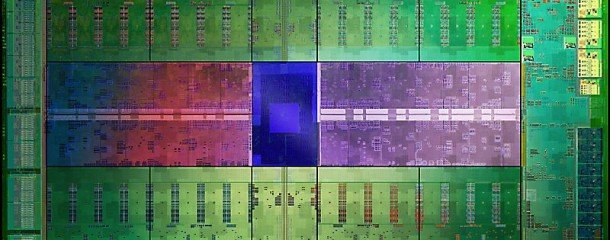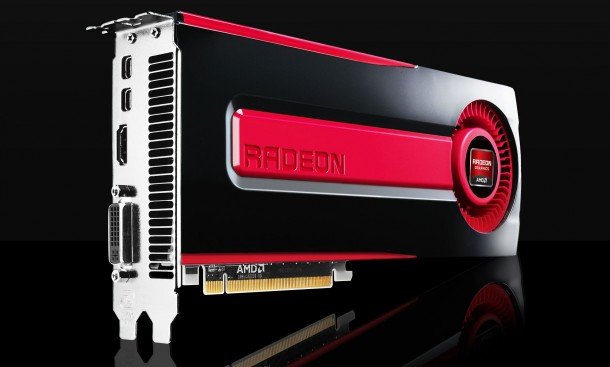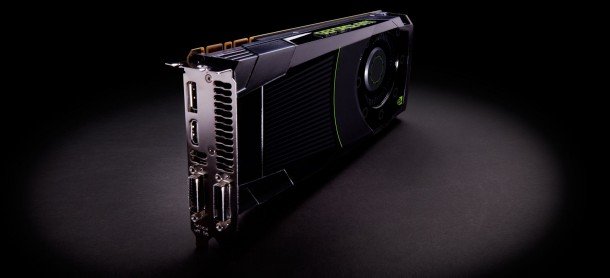New Nvidia and AMD drivers boost frame rates

I promised earlier in the week to give you a run down of what exactly the driver improvements touted by AMD for its 'Never Settle' driver release of Catalyst 12.11. Not to be outdone on the driver front Nvidia has also released a new beta driver for its graphics cards this week too. So, in the battle of the latest graphics card optimisations who wins?
Well, the trite answer is all of us. Essentially these new drivers will be relatively stable despite their beta tags and both offer enhanced performance in the latest games. So, unless you're really unlucky, installing these new drivers for either your AMD or Nvidia graphics card will give you a few extra FPS for minimal trouble.
Well, except if you're flogging an veteran GPU. If you've got a 6000 or 7000 series Nvidia card you have now been relegated to legacy status. The R304 GeForce driver, version 306.97, will be your last driver.
Still, Nvidia has been supporting these last DirectX 9 cards for five years since the final 7000 series card was released. So, they've had a good run at least.
Speed bump

But what of those touted performance improvements?
Well, AMD shouted loudest so it would be churlish of me not to go to them first. The news of this latest driver release was hailed by AMD as “one of the most important drivers AMD has ever delivered to gamers.”
The Catalyst 12.11 release isn't a revolution, but delivers improved frame rates pretty much across the board. My benchmarks turned up a 12% performance increase in the best cases. It's the cards at the lower end of the market that see the biggest difference with the HD 7770 receiving the biggest performance boost.
The biggest gaming news, reviews and hardware deals
Keep up to date with the most important stories and the best deals, as picked by the PC Gamer team.
The HD 7870 series will net you a maximum of 10% more frames per second, though more likely you'll be hitting around 3-5% up on the last driver release. The top end HD 7970 GHz Edition only gets a maximum increase of around 5%, however.
Of course, it really depends on which games you test/play as to what performance improvements you'll see. Realistically the frame rate boosts are unlikely to transform your gaming experience from unplayable to playable. We're only talking a few extra frames per second on average. But still, it's a free speed boost, no matter how small it is - and any smoothing out of your gaming experience has got to be a good thing, right?
The green machine

What of Nvidia then? The new 310.33 driver set isn't so great, it has to be said. The performance shifts I saw in my benchmarking suite were generally positive, but in testing the GTX 660 I did uncover a couple of instances where performance dipped slightly.
But, like with AMD, we're talking single digit percentage increases here, so only a few frames up or down. Still, even a slight performance slump has to count as a black mark against the set. More often than not, though, performance in our tested games didn't really budge.
Batman: Arkham City, Max Payne 3 and DiRT Showdown saw improvements for the GTX 680, so for you folk with the top-end of Nvidia's graphics card lineup you can all feel a little more smug than your Nvidia chums lower down the performance ladder.
Really though these driver releases are just about one thing - Windows 8. The launch of the new operating system is going to need new drivers and these new releases from the two graphics card heavyweights will have been tailored specifically for Microsoft's grand new opus.
Whatever the driving force behind this release though it does still mean speedier gaming for a healthy chunk of us, so I'm not going to complain.
And besides, I'm one of the weirdos that actually likes Windows 8.

Dave has been gaming since the days of Zaxxon and Lady Bug on the Colecovision, and code books for the Commodore Vic 20 (Death Race 2000!). He built his first gaming PC at the tender age of 16, and finally finished bug-fixing the Cyrix-based system around a year later. When he dropped it out of the window. He first started writing for Official PlayStation Magazine and Xbox World many decades ago, then moved onto PC Format full-time, then PC Gamer, TechRadar, and T3 among others. Now he's back, writing about the nightmarish graphics card market, CPUs with more cores than sense, gaming laptops hotter than the sun, and SSDs more capacious than a Cybertruck.

